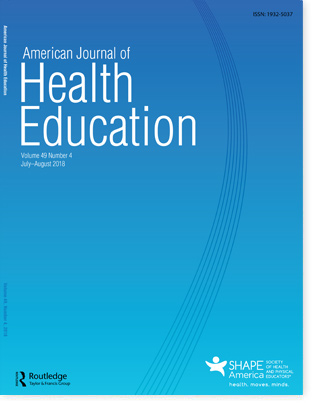 AJHE Table of Contents
AJHE Table of Contents
Spreading the (Fake) News: Exploring Health Messages on Social Media and the Implications for Health Professionals Using a Case Study
Silvia Sommariva, Cheryl Vamos, Alexios Mantzarlis, Lillie Uyên-Loan Đào, and Dinorah Martinez Tyson
 Over the past decade, social networking sites (SNSs), which are Web-based services that allow users to create a profile and connect with other individuals within the system, have emerged as powerful health communication platforms. With more people relying on SNSs for news, these platforms act as a primary bridge between individuals and news sources, aggregating traditional and nontraditional media into one convenient feed. Due to their configuration, SNSs force Health Educators to move beyond the linearity of traditional communication frameworks and rethink the role of audience members as receiver-sources empowered by the platform to amplify, modify, and generate original messages. The potential of SNSs to empower patients and communities has been increasingly recognized. Because empowerment is linked to informed decision making, Health Educators who engage in communication and promotion efforts on SNSs are motivated to capitalize on the uniqueness of these platforms, going beyond the use of social media pages as “bulletin boards” and promoting users as distributors of accurate message.
Over the past decade, social networking sites (SNSs), which are Web-based services that allow users to create a profile and connect with other individuals within the system, have emerged as powerful health communication platforms. With more people relying on SNSs for news, these platforms act as a primary bridge between individuals and news sources, aggregating traditional and nontraditional media into one convenient feed. Due to their configuration, SNSs force Health Educators to move beyond the linearity of traditional communication frameworks and rethink the role of audience members as receiver-sources empowered by the platform to amplify, modify, and generate original messages. The potential of SNSs to empower patients and communities has been increasingly recognized. Because empowerment is linked to informed decision making, Health Educators who engage in communication and promotion efforts on SNSs are motivated to capitalize on the uniqueness of these platforms, going beyond the use of social media pages as “bulletin boards” and promoting users as distributors of accurate message.
On SNSs, users can share content regardless of accuracy and, in some cases, reach as many readers as traditional media without filtering from third parties like editors or fact-checkers.
To read the rest of this article,
click here to download a pdf.